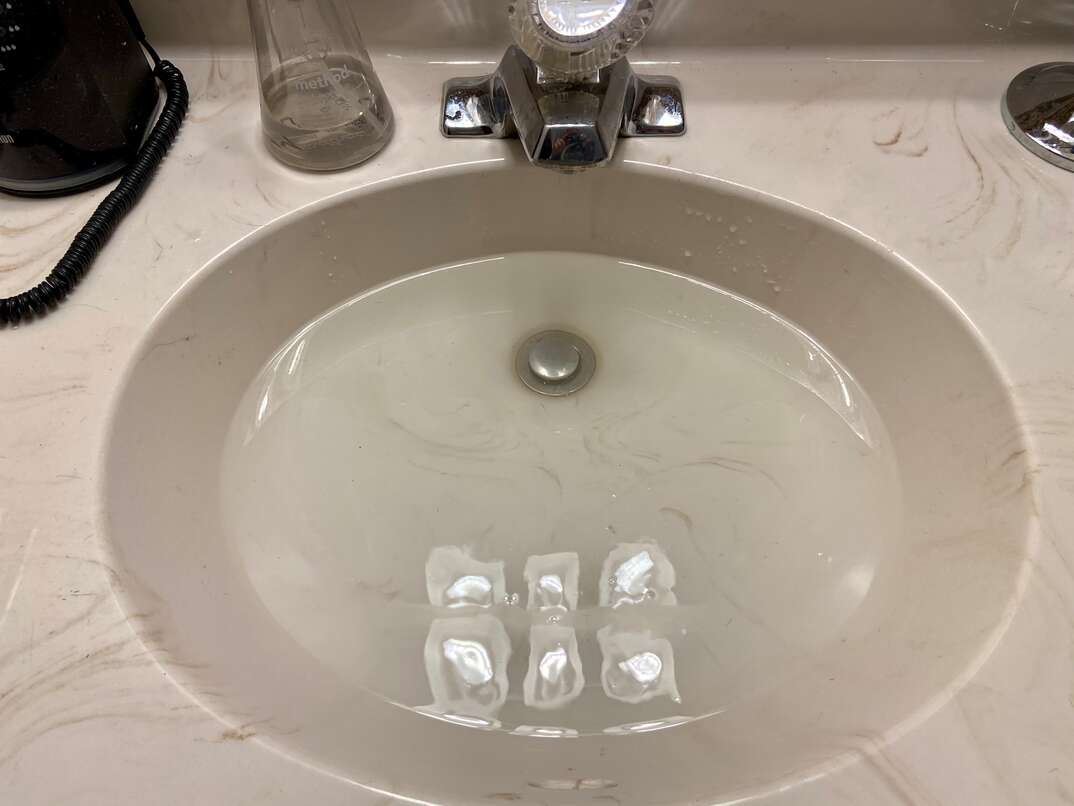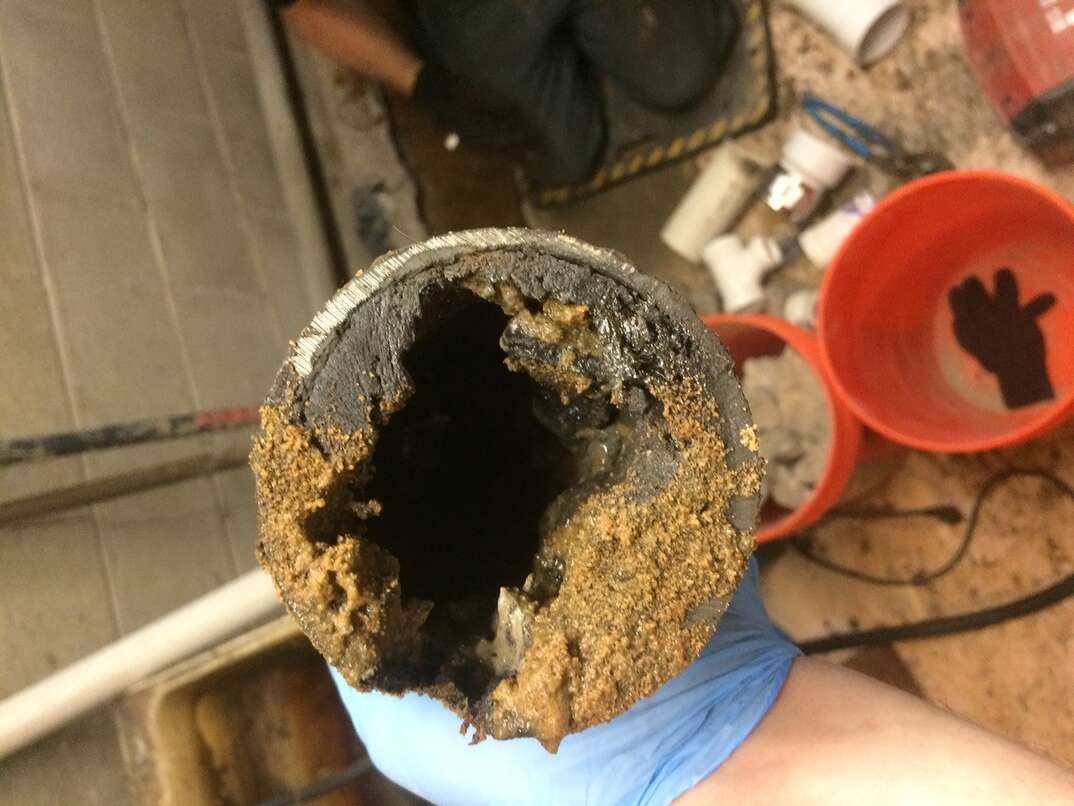Top 3 Signs You Have Septic or Sewer Issues

Your drainage system is one of the unsung heroes of your home. We definitely don't want to think about it every day, but your septic or sewer lines have the important job of carrying waste and extra water out of your house.
This May Also Interest You: What’s the Difference Between Septic and Sewer?
However, when even minor issues happen to your sewer or septic line, you can deal with a lot of nasty backups. What’s more, spotting a drainage backup isn't always as easy as you might think. Clogs and leaks happen gradually, so it can take some time for the problem to become so large that you notice what’s going on. Learning how to identify problems quickly will help you fix your sewer or septic lines as soon as possible.
Signs of a Drain Line Backup
1. Slow Drains
The main sign of a sewer or septic backup is water not flowing down your drains properly. In some cases, your drains may just drain more slowly. In other situations, your drains might appear clogged, or water might even flow back out of them.
Keep in mind that the hallmark of a systemic backup is multiple drains acting up at once. If just one drain isn't working, it might simply mean that drain is clogged. However, when drains all over your home aren't working, it means the main sewer line is clogged. For example, you might flush a toilet and notice a bathtub drain backing up. Often, the signs of a backup will appear on the lowest level first. Basement drains, shower floor drains or first-floor toilets are most likely to malfunction.
2. Odd Sounds
Next, listen for bubbling and gurgling noises. These strange signs mean your sewer system is struggling to work properly. These weird noises can also sound like squeaking, whistling or humming. Often, the strange noises can be heard at the drains, and you might see air bubbles rising out of your toilet. However, you might also hear the noises in your walls or underneath your lawn.
3. Weird Smells
The final sign of a drain line problem is strange smells. Even when your drains are technically still working, the water may be slow to trickle out due to a building backup. This slow movement can allow mold growth and waste buildup to occur. When this happens, you will notice unpleasant odors coming from your sink, tub, shower or floor drains. If your toilet water is bubbling, the bubbles may be accompanied by an unpleasant smell as well.
Causes of a Sewer or Septic Backup
A sewage backup happens whenever something keeps your drains from flowing in the proper direction. Often, the backup happens because something is clogging your sewer line. Potential clogs may be the result of:
- Tree roots growing into pipes
- Flushing feminine products
- Flushing so-called “flushable” wipes
- Pouring cooking oil and grease down sink drains
- Debris from broken pipes going down the line
Sewage problems also happen when your drainage systems malfunction. In older homes, the problem might be a sagging sewer line. Over time, pipes tend to sag, and waste moves more slowly at the bottom of a curved pipe. This can let debris build up until a clog occurs.
Issues can also happen during heavy rainfall if a sewer or septic system is not designed to handle such a heavy flow of water. In some cases, a malfunctioning sump pump can dump too much water into your drain system, resulting in a backup.
How to Prevent Sewer or Septic Backups
As long as your sewer or septic system is in decent shape, it is possible to prevent most sewage backups. Here are some tips that can help prevent mold growth, water damage and the other consequences of a backup:
- Don't flush anything besides toilet paper and human waste down the toilet. Even paper towels and items labeled "flushable" can cause clogs.
- Avoid pouring cooking oil or grease down the drain.
- Regularly trim tree roots or pour a solution down your drain to prevent tree roots from growing inside your drain.
- Replace older cast-iron pipes with plastic pipes.
- Don't let food go down the drain without running the garbage disposal first.
- Avoid running excessive amounts of water when rainfall is particularly heavy.
More Related Articles:
- Never Flush These 11 Things Down Your Toilet
- Can You Pour Cooking Grease Down the Drain? No. Here’s Why
- 8 Things You Should Never Put Down the Garbage Disposal (and 5 Things You Can)
- What’s a Fatberg? (Spoiler: It’s as Gross as It Sounds)
- How Often Should I Pump My Septic Tank?
What to Do When You Have a Backup
When a backup does happen, the first thing you should do is quit running water everywhere in your home. Stop dishwashers, washing machines, showers, sinks and toilets. Dumping more water into the backed-up system will only make it worse. If you have a main drain clean-out line, you can try opening it yourself and snaking the drain.
However, most homeowners will need to get professional plumbing repairs. Usually, backed-up sewers indicate a problem deep within your sewer line. Your technician may need to use special equipment to identify the problem and solve it. In some cases, you might even need to dig up a section of your sewer line and replace it. In addition to these hassles, you will also need to deal with the aftermath of a backup. In most cases, backed-up water will include waste and bacteria, so treat it cautiously.
Do You Pay Out of Pocket for Sewer Line Problems?
Usually, homeowners are responsible for any sewer lines on their property. Though the sewer line is part of the city utilities, the city will only cover the lines that run past your property boundaries. You may also be responsible for the lateral line that connects your home's sewer line to the city sewer line. Unfortunately, your homeowners insurance probably will not help you fix the sewer problem or cover the water damage from a sewer backup. In most cases, you only get coverage if you have a special policy that specifically includes sewer damage, flood damage or plumbing systems.


